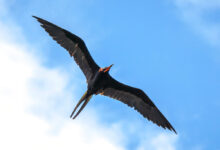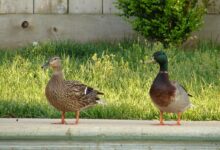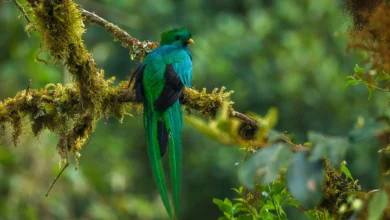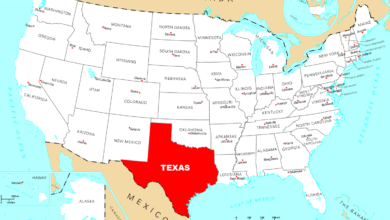Biggest Bird in The World – Top 5 Largest Birds

When it comes to birds, size can be as fascinating as flight. From towering, flightless giants to soaring titans of the skies, these biggest birds captivate our imagination with their sheer size and unique characteristics.
Let’s delve into the world of these magnificent creatures.
The World’s Largest Flightless Birds
Ostrich – The Colossal Runner

- Habitat and Distribution: Native to Africa, ostriches thrive in the savannas and open woodlands, perfectly adapted to hot, arid climates.
- Physical Characteristics: The ostrich is the tallest and heaviest bird, standing up to 9 feet tall and weighing around 320 pounds. Its long neck and powerful legs allow it to run up to 45 miles per hour, crucial for survival in the African savannas.
- Diet and Behavior: Ostriches are omnivores, eating plants, seeds, insects, and small animals. This diverse diet showcases their adaptability.
Emu – The Australian Giant
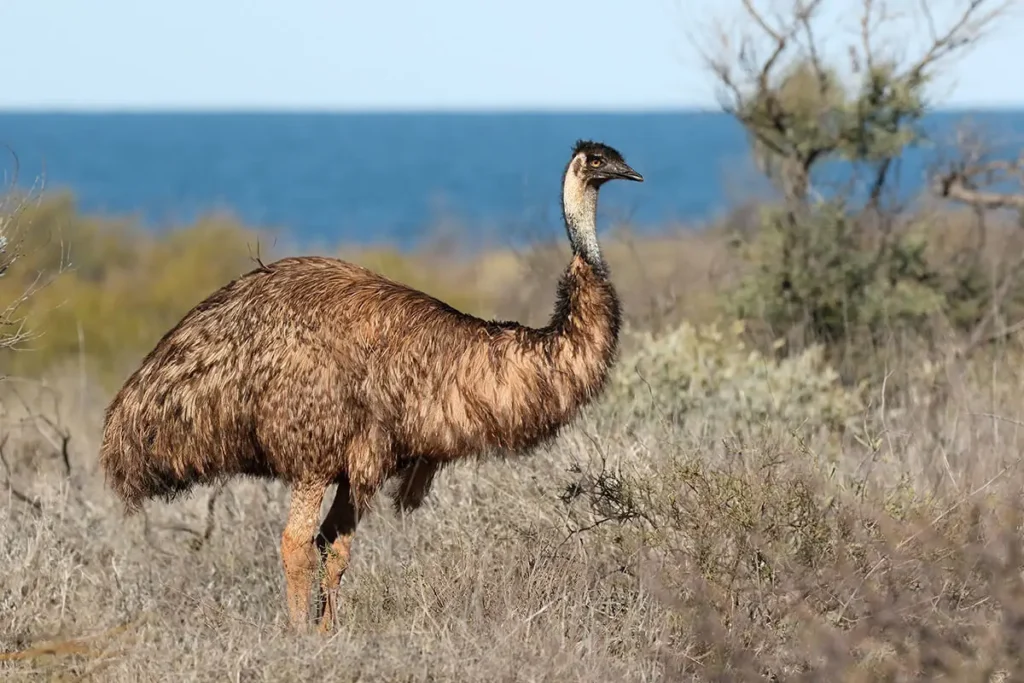
- Habitat and Distribution: In Australia, emus live in diverse habitats from coastal regions to the outback.
- Physical Characteristics: Emus stand about 6 feet tall and weigh up to 130 pounds. They have long legs and a distinctive blue neck.
- Diet and Behavior: Omnivores like ostriches and emus eat plants, insects, and small vertebrates. They are known for their curiosity and can run up to 30 miles per hour.
Southern Cassowary – The Rainforest Titan
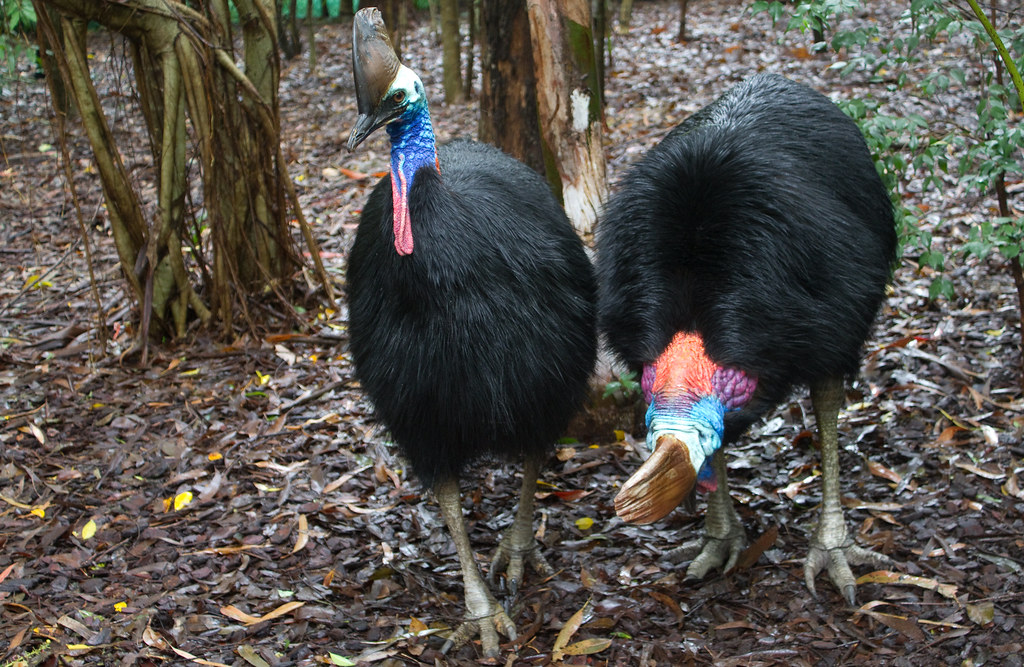
- Habitat and Distribution: Inhabiting tropical rainforests of New Guinea and northeastern Australia.
- Physical Characteristics: Standing 6 feet tall and weighing around 130 pounds, the southern cassowary has striking blue and black plumage and a helmet-like casque.
- Diet and Behavior: They are primarily frugivores, feeding on various fruits. Shy and solitary, they can become aggressive when threatened.
Northern Cassowary – The Elusive Giant
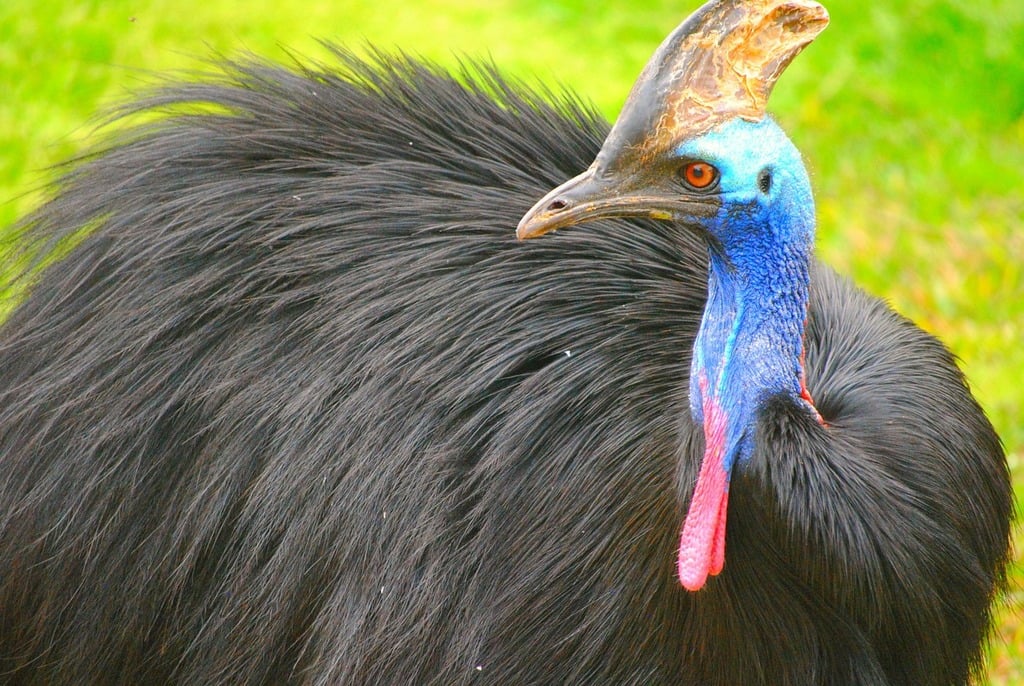
- Habitat and Distribution: Found in the lowland forests of New Guinea and nearby islands.
- Physical Characteristics: Similar in size and appearance to the southern cassowary.
- Diet and Behavior: Also frugivores, these large birds prefer dense forest habitats and are elusive.
Greater Rhea – The South American Behemoth

- Habitat and Distribution: Native to South America, especially Argentina, Brazil, and Uruguay.
- Physical Characteristics: Rheas can reach 5 feet in height and weigh up to 88 pounds, and they have long legs and necks.
- Diet and Behavior: Omnivorous and social, they eat plants, seeds, and insects and often form flocks.
Earth’s Largest Flying Birds
Andean Condor – The High Flier

- Habitat and Distribution: Found in the Andes mountains of South America.
- Physical Characteristics: With a wingspan of up to 10.5 feet, the Andean condor is one of the largest flying birds. It features a distinctive white ruff and black plumage.
- Diet and Behavior: Scavengers that feed on carrion soar on thermal updrafts, covering long distances effortlessly.
Dalmatian Pelican – The Heavyweight Flyer
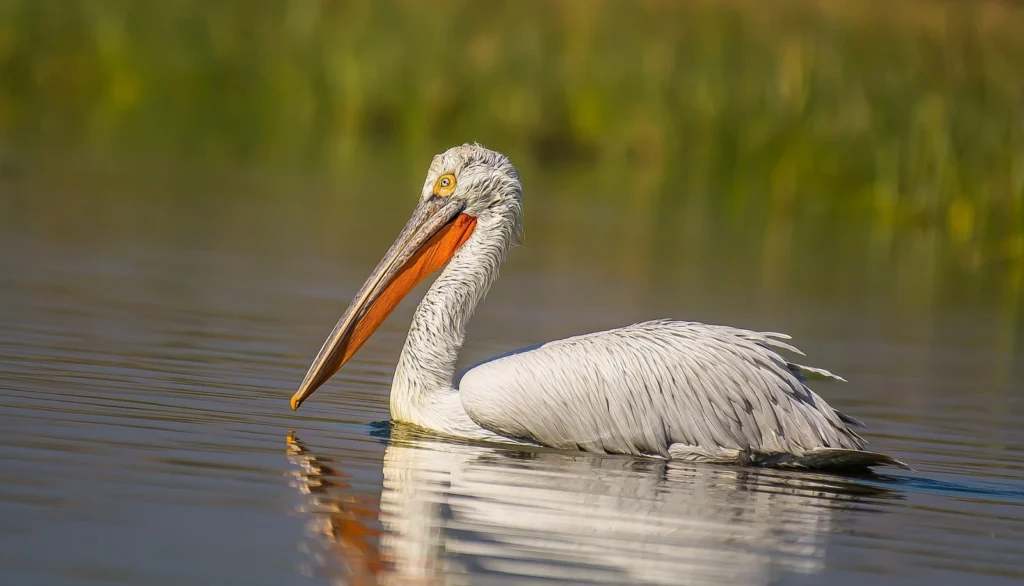
- Habitat and Distribution: Found in wetlands and freshwater lakes in Europe and Asia.
- Physical Characteristics: Weighing up to 33 pounds with a wingspan of around 11.5 feet, these pelicans have curly nape feathers and large bills.
- Diet and Behavior: Piscivorous they catch fish with their large bills and are often seen in large flocks.
Wandering Albatross – The Oceanic Nomad
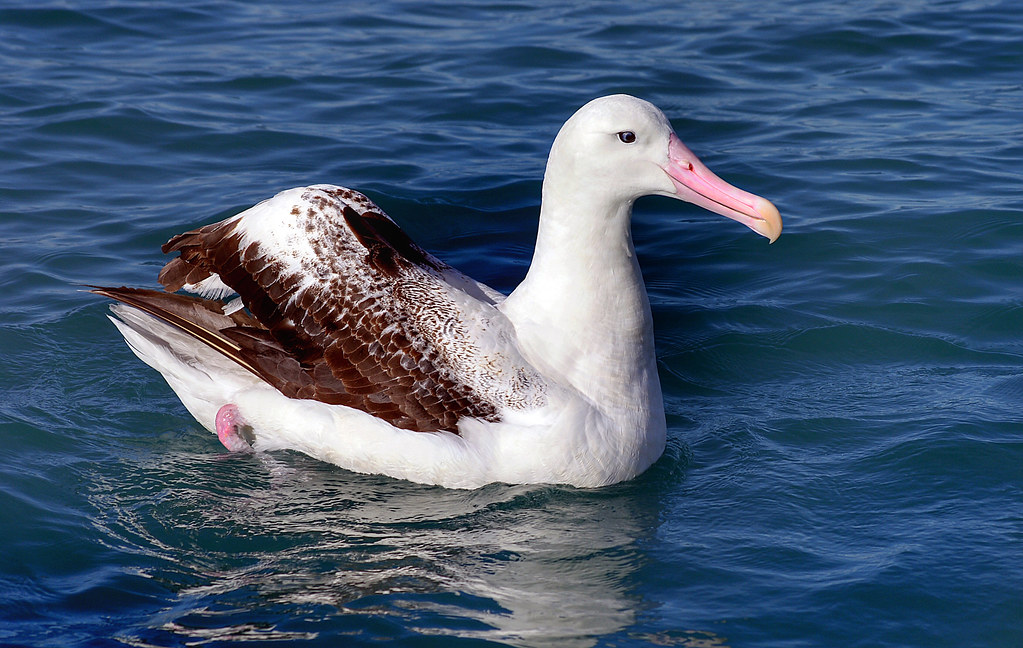
- Habitat and Distribution: Roaming across the Southern Ocean, spending most of their lives at sea.
- Physical Characteristics: With the longest bird wingspan, up to 12 feet, the wandering albatross is built for long-distance flight.
- Diet and Behavior: They feed on squid, fish, and crustaceans, undertaking extensive migrations.
Kori Bustard – The Grounded Giant
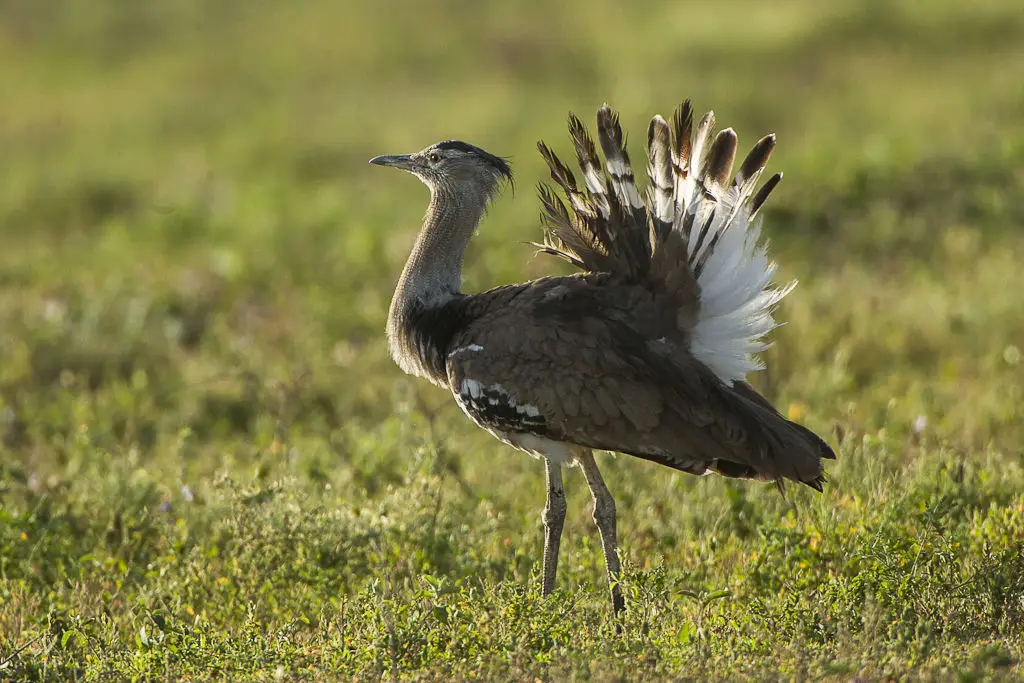
- Habitat and Distribution: Native to African savannas and grasslands.
- Physical Characteristics: Weighing up to 40 pounds, they are among the heaviest flying birds, with mottled brown and white plumage.
- Diet and Behavior: Omnivores consume plants, insects, and small vertebrates, preferring to walk rather than fly.
Conclusion
The world’s largest birds, both flightless and flying, demonstrate avian species’ incredible diversity and adaptability. Understanding these giants fascinates us and highlights the urgent need for conservation efforts to protect their habitats and ensure their survival.
FAQs
What is the largest bird ever recorded?
The largest bird ever recorded is the extinct elephant bird of Madagascar, which could reach heights of up to 10 feet and weigh over 1,000 pounds.
How do the largest birds impact their ecosystems?
Large birds often play crucial roles in their ecosystems, such as seed dispersal, scavenging, and controlling insect populations.
Are any of these birds endangered?
Several of the biggest birds, like the southern cassowary and the Andean condor, are endangered due to habitat loss and other threats, highlighting the need for conservation.
How do these birds adapt to their environments?
They have various adaptations, such as powerful legs for running, large wings for soaring, and specialized diets, which allow them to thrive in specific habitats.
Can these birds be found in captivity?
Many of these birds can be found in zoos and wildlife reserves, where conservation efforts help protect and study them.
